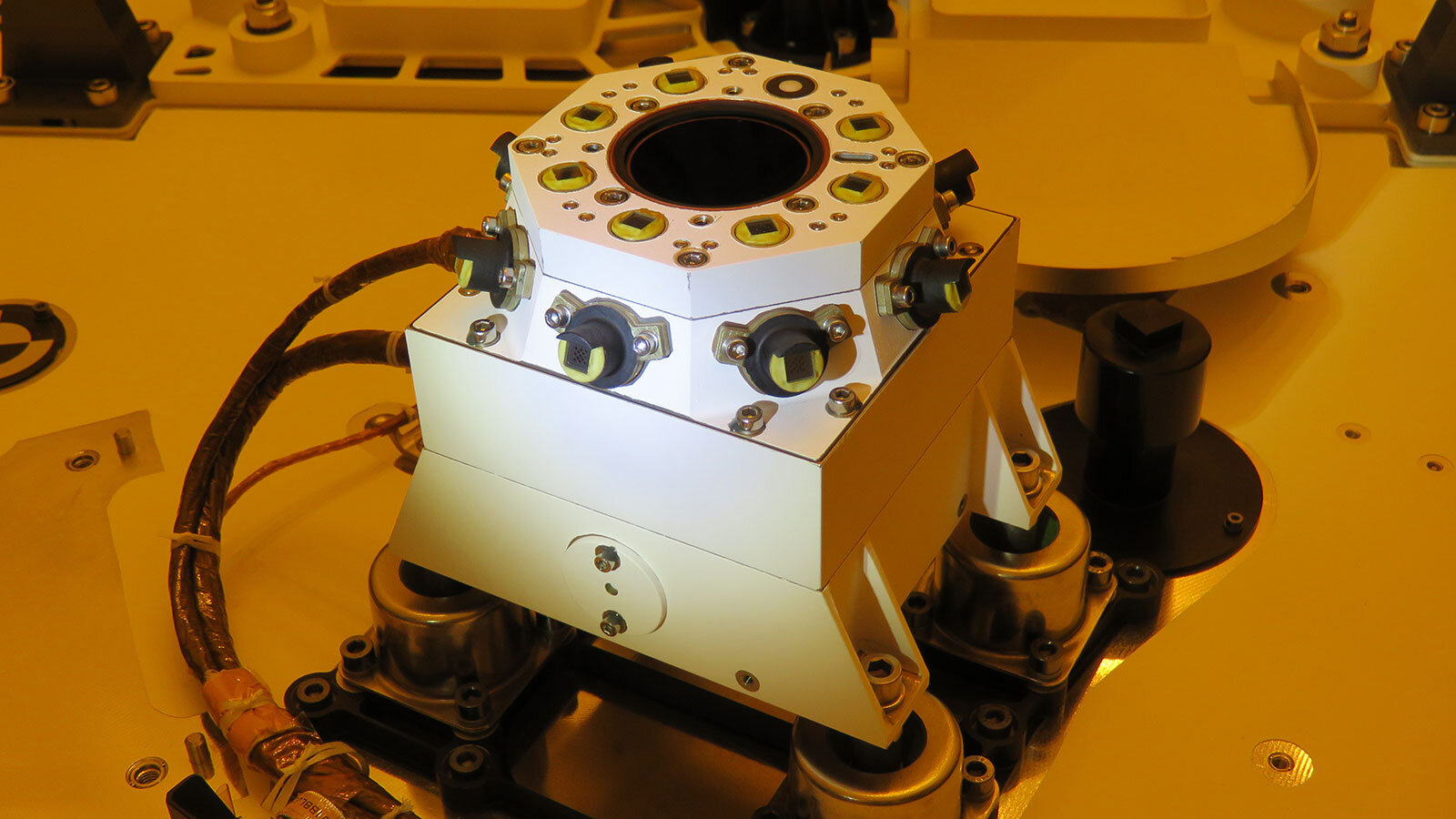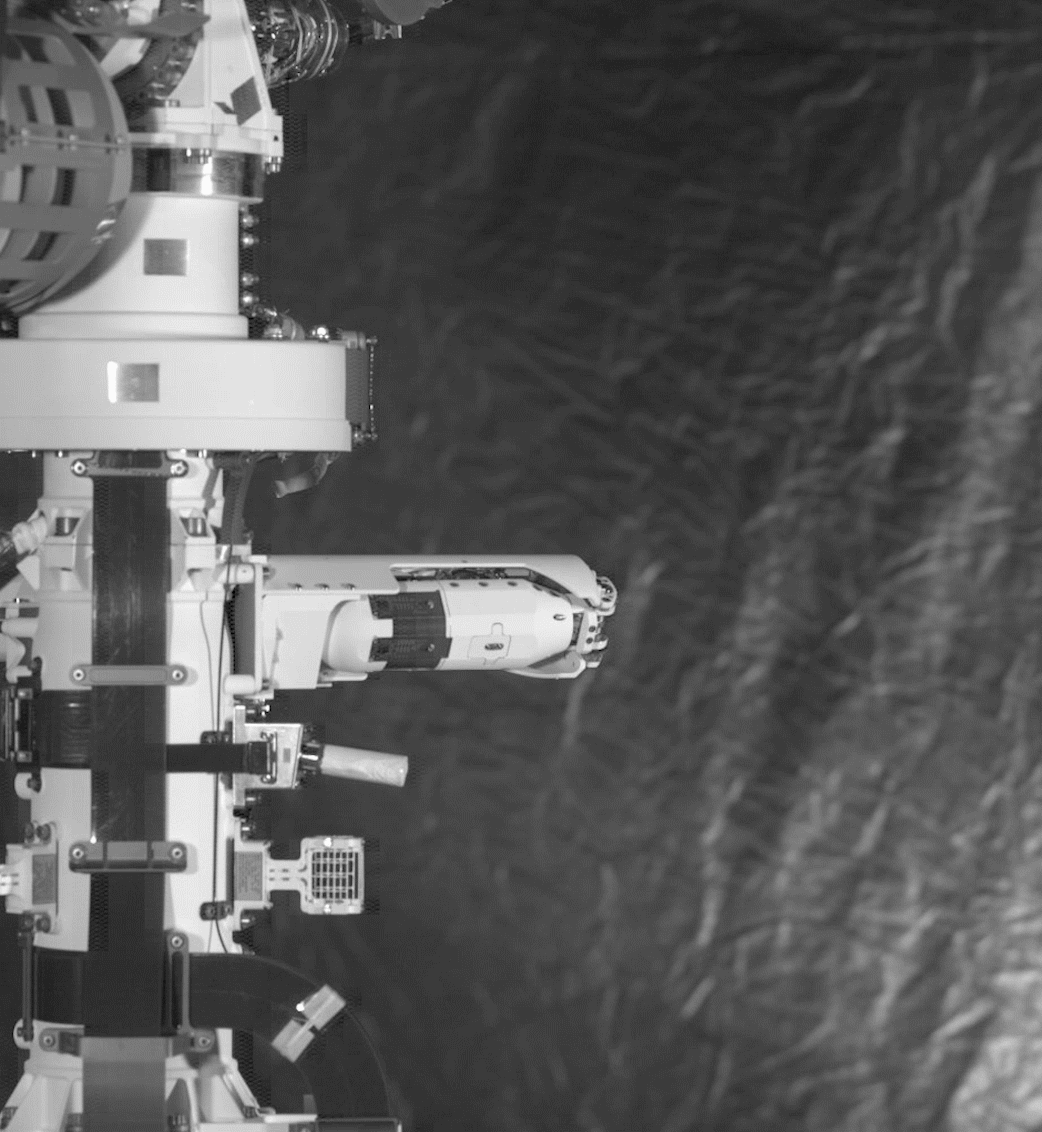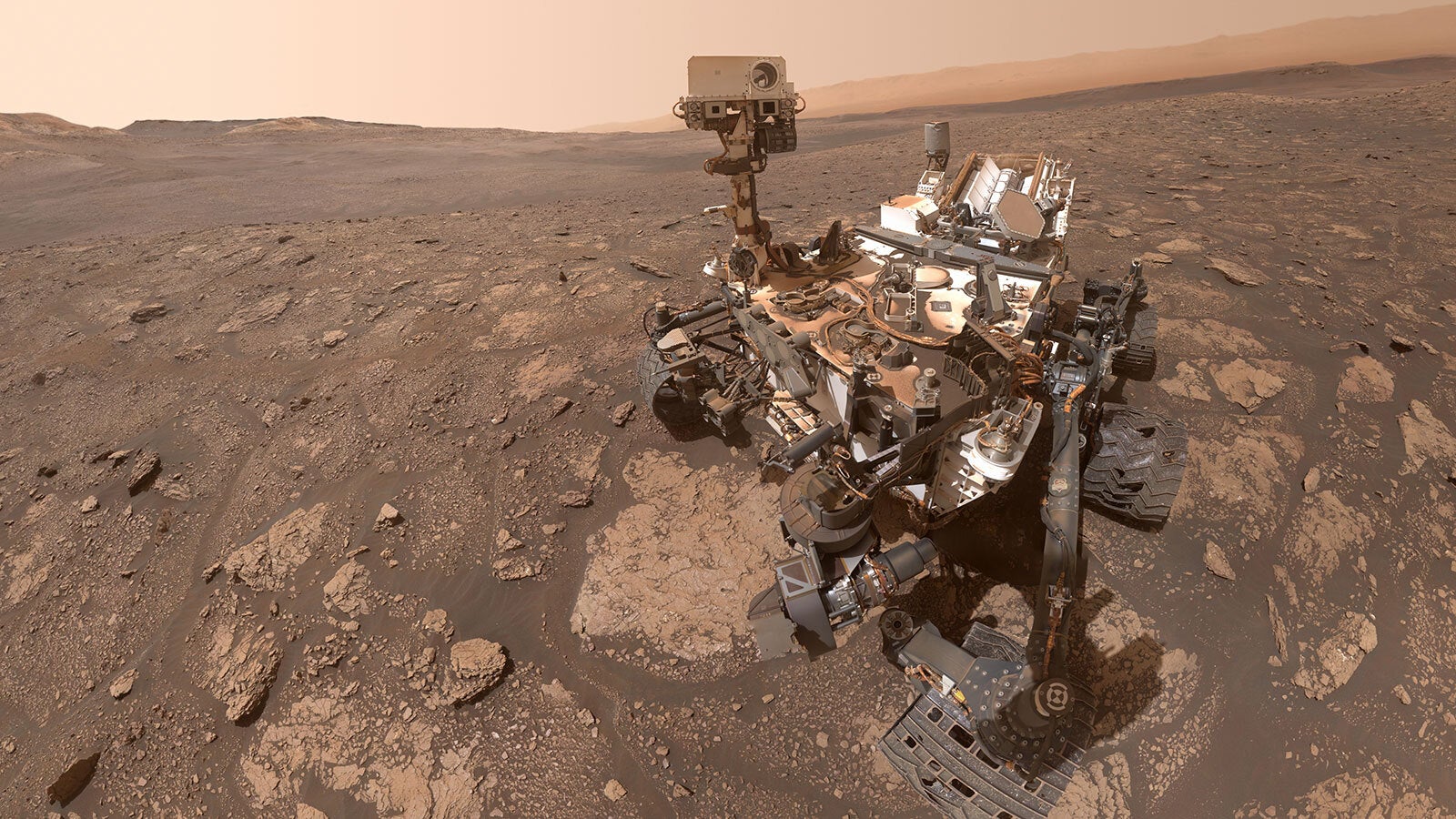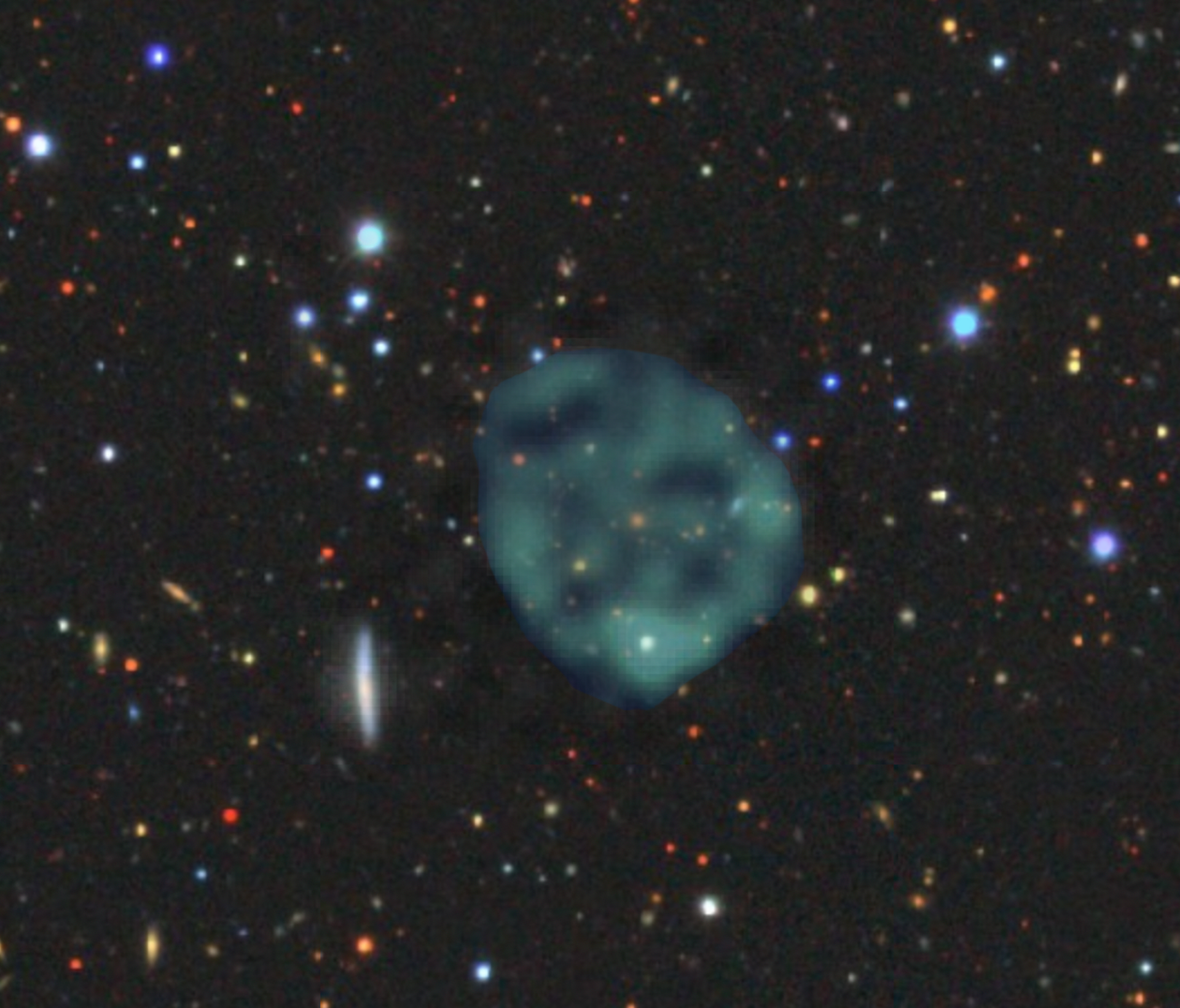Winston
Lorenzo von Matterhorn
- Joined
- Jan 31, 2009
- Messages
- 9,560
- Reaction score
- 1,749
OCTOBER 1, 2020
A Rogue Earth-Mass Planet Has Been Discovered Freely Floating in the Milky Way Without a Star
https://www.universetoday.com/14809...ely-floating-in-the-milky-way-without-a-star/
If a solar system is a family, then some planets leave home early. Whether they want to or not. Once they’ve left the gravitational embrace of their family, they’re pretty much destined to drift through interstellar space forever, unbound to any star.
Astronomers like to call these drifters “rogue planets,” and they’re getting better at finding them. A team of astronomers have found one of these drifting rogues that’s about the same mass as Mars or Earth.
Finding something in deep space that emits no light of its own is extremely challenging. But two organizations are doing just that. They’re the OGLE (Optical Gravitational Lensing Experiment) collaboration and the KMTN (Korean Microlensing Telescope Network) collaboration.
Theoretical work shows that there could be billions, or even trillions, of free-floating planets in the Milky Way. In their work, the authors lists the ways these planets can end up orphaned: Planet-planet scattering; dynamical interactions between giant planets that lead to orbital disruption of smaller, inner planets; interactions between the stars in binary or trinary systems and star clusters; stellar fly-bys; and the evolution of the host star past the main sequence.
Microlensing offers a method of finding these small rogue planets. But it’s difficult. It’s not that they’re so dim that’s the problem. It’s that the microlensing events for bodies this small are on a very short timescale due to their size. The newly-discovered planet, which has been named “OGLE-2016-BLG-1928,” was discovered in a micro-lensing event which lasted only 41.5 minutes. That’s not much time for detailed data to be gathered.
Only four other small rogue planets like this one have been found before, each one in a short timescale micro-lensing event. Together, these events provide “strong evidence for a population of rogue planets in the Milky Way,” the authors write.
A Rogue Earth-Mass Planet Has Been Discovered Freely Floating in the Milky Way Without a Star
https://www.universetoday.com/14809...ely-floating-in-the-milky-way-without-a-star/
If a solar system is a family, then some planets leave home early. Whether they want to or not. Once they’ve left the gravitational embrace of their family, they’re pretty much destined to drift through interstellar space forever, unbound to any star.
Astronomers like to call these drifters “rogue planets,” and they’re getting better at finding them. A team of astronomers have found one of these drifting rogues that’s about the same mass as Mars or Earth.
Finding something in deep space that emits no light of its own is extremely challenging. But two organizations are doing just that. They’re the OGLE (Optical Gravitational Lensing Experiment) collaboration and the KMTN (Korean Microlensing Telescope Network) collaboration.
Theoretical work shows that there could be billions, or even trillions, of free-floating planets in the Milky Way. In their work, the authors lists the ways these planets can end up orphaned: Planet-planet scattering; dynamical interactions between giant planets that lead to orbital disruption of smaller, inner planets; interactions between the stars in binary or trinary systems and star clusters; stellar fly-bys; and the evolution of the host star past the main sequence.
Microlensing offers a method of finding these small rogue planets. But it’s difficult. It’s not that they’re so dim that’s the problem. It’s that the microlensing events for bodies this small are on a very short timescale due to their size. The newly-discovered planet, which has been named “OGLE-2016-BLG-1928,” was discovered in a micro-lensing event which lasted only 41.5 minutes. That’s not much time for detailed data to be gathered.
Only four other small rogue planets like this one have been found before, each one in a short timescale micro-lensing event. Together, these events provide “strong evidence for a population of rogue planets in the Milky Way,” the authors write.








